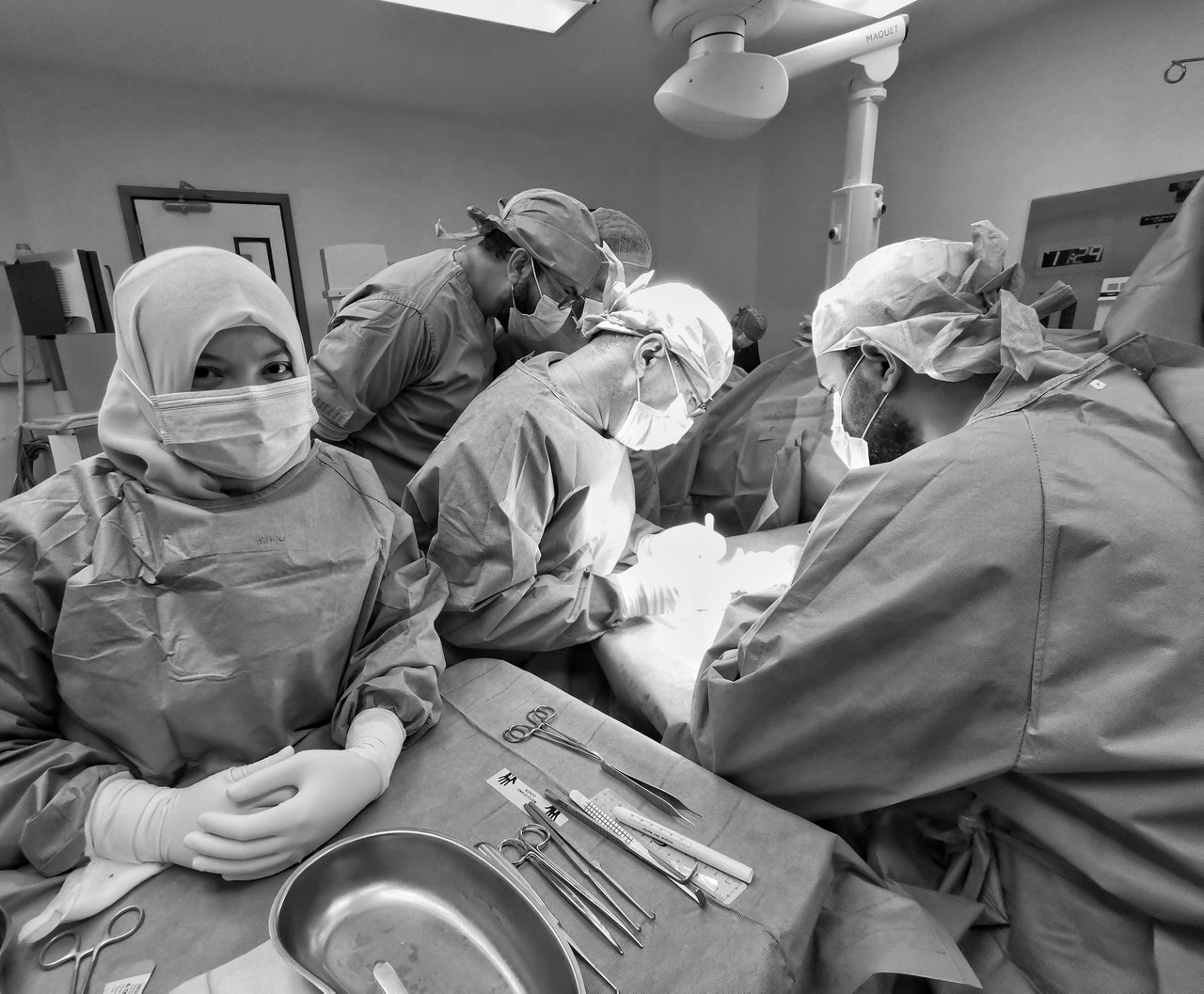Reconstructive surgery corrects congenital disabilities, disease-related flaws, and injury-related deformities. Reconstructive surgery is distinct from cosmetic surgery in that it is performed for medical reasons. The following is important information to understand reconstructive surgery and how it is performed.
1. What is the difference between cosmetic and reconstructive surgery?
Cosmetic surgery improves your appearance and sense of well-being – even beyond “normal”. Unlike reconstructive surgery, it is not medically necessary. Reconstructive surgery tries to restore tissue to its natural shape and function after infection, trauma, cancer surgery, or congenital disabilities.
Rhinoplasty illustrates how difficult it may be to classify an operation as aesthetic or reconstructive. Rhinoplasty is done to enhance the look of the nose. With that in mind, it seems to be a cosmetic procedure. However, rhinoplasties are also done to repair the nasal passages if a person’s nose is broken. This is referred to as reconstructive surgery. This is important since your insurance provider may fund reconstructive procedures but not cosmetic procedures.
2. What is the procedure for reconstructive surgery?
Reconstructive surgery often involves using tissue from a certain body part to restore another. For example, in the case of head and neck surgery, the doctor will change your jawbone’s contour. For this, the surgeon will harvest bone from your leg to restore your jaw. This may help restore the contour and function of your jaw.
The phrase “autologous reconstruction” refers to this surgery in medicine. This implies that the tissue utilized in the procedure is taken directly from you. It is a frequently performed kind of reconstructive surgery. Your surgeon will use microscopic sutures to join the tissue and blood vessels in the new region, ensuring that the tissue receives enough blood flow. The stitches are so fine that they cannot be seen without a microscope. Additionally, this is referred to as “microvascular” surgery.
According to Dr. Andrew Jacono, Self-esteem is derived from one’s ability to define the world on one’s terms and from one’s refusal to submit to the judgment of others. While most people criticize plastic surgery for the changes it causes, if it significantly boosts your self-esteem, don’t let others limit you. A person is more capable of appreciating his self-worth and recognizing his value as a contributing member of society when he is younger.
3. Breast reconstruction surgery
Breast reconstruction may be done with or without breast implants. When you utilize your tissues, this is referred to as a “flap.” In case you opt for a flap, tissue from many different body parts, including the lower belly, thighs, buttocks, and back, may be utilized to create new breasts. Utilizing your tissues necessitates a lengthier procedure and an overnight stay in the hospital. However, your breasts will seem more natural, reducing the likelihood of future surgery.
If you choose implants, your recovery time will likely be somewhat shorter, and the treatment will likely be performed on an outpatient basis, but you may need further procedures to maintain the implant.
You will be monitored immediately after the surgery while the anesthetic wears off. You’re likely to feel sleepy and may need pain medication. It would be best to exercise caution in caring for the surgical areas following the surgery. Attend all follow-up visits with your surgeon and other healthcare specialists as scheduled.
4. Additional Reconstructive Surgery Procedures
Surgical procedures on the feet and hands Are accessible to individuals suffering from various conditions, including tumors and webbed or additional toes or fingers. Carpal tunnel syndrome may also be treated. Skin grafts or other reconstructive treatments are offered for people who have sustained serious burns or cuts. Procedures using microsurgery or flaps replace bodily components that have been damaged or destroyed by illness, such as cancer. Cosmetic surgery on the face may address facial deformities such as cleft lip, breathing difficulties such as snoring, or persistent infections such as sinusitis.
Reconstructive surgery may be performed immediately after your doctor removes the malignancy. Reconstructive surgery may be performed later after the area has healed or after you have completed other forms of cancer treatment such as chemotherapy or radiation therapy. It is critical to determine whether you require additional cancer treatment following surgery, as some forms of radiation therapy may impair your reconstruction. In this case, you may require multiple surgeries.


